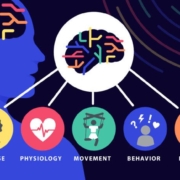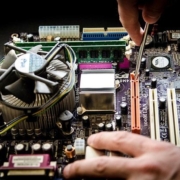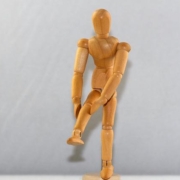Teen Athletes and MSK Injuries: Prevention and Recovery
Playing sports is a fantastic way for teens to stay active, build friendships, and learn valuable life lessons.But with the thrill of competition comes the risk of musculoskeletal (MSK) injuries. Thes injuries affect muscles, bones, tendons, ligaments, and cartilage. Understanding how to prevent and recover from these injuries is crucial for young athletes to stay in the game and enjoy a lifetime of healthy movement.
Why Prevention Matters
MSK injuries can sideline a teen athlete for weeks, months, or even longer.Preventing these injuries not only keeps them playing but also protects their growing bodies from long-term problems. Taking proactive steps now can significantly impact their future musculoskeletal health.
Preventing MSK Injuries: A Game Plan for Success
Preventing injuries isn’t about avoiding sports altogether. It’s about smart training, proper technique, and listening to your body. Here’s a winning strategy:
1. Warm-up and Cool-down:
Warm-up: Before every practice or game, warm up your muscles with light cardio, like jogging or jumping jacks, followed by dynamic stretches, such as arm circles and leg swings. This prepares your body for activity and increases blood flow to the muscles.
Cool-down: After activity, cool down with light cardio and static stretches, holding each stretch for 20-30 seconds. This helps your muscles recover and prevents stiffness.
2. Proper Technique:
Learn the Right Way: using the correct technique in your sport is essential for injury prevention. Work with a qualified coach or trainer to learn and practice proper form. This includes everything from how you throw a ball to how you land from a jump.
Focus on Form, Not Just Force: It’s tempting to push for power, but proper form is more important, especially when you’re tired. Fatigue can lead to sloppy technique and increase your risk of injury.
3.Strength and Conditioning:
Build a Strong Foundation: Strong muscles provide support and stability to your joints, reducing the risk of injury. Include exercises that target all major muscle groups, including your core, legs, and arms.
Don’t Forget Adaptability: Flexibility is just as important as strength. Regular stretching helps improve your range of motion and reduces muscle tightness, making you less prone to strains and sprains.
4. Rest and Recovery:
Listen to Your Body: Pain is a warning sign. Don’t ignore it. If you’re feeling pain, stop the activity and rest. Pushing through pain can worsen the injury.
Get Enough Sleep: Sleep is crucial for muscle repair and growth. Aim for 8-10 hours of sleep each night.
Take Rest Days: Your body needs time to recover between workouts and competitions. Schedule regular rest days into your training plan.
5. Nutrition and Hydration:
Fuel Your Body: eat a balanced diet rich in fruits, vegetables, lean protein, and whole grains. This provides the nutrients your body needs for optimal performance and recovery.
Stay Hydrated: Drink plenty of water throughout the day,especially before,during,and after exercise. Dehydration can lead to muscle cramps and fatigue, increasing your risk of injury.
6. Proper Equipment:
Wear the Right Gear: Make sure your shoes fit properly and provide adequate support. Use appropriate protective gear,such as helmets,pads,and mouthguards,as needed for your sport.
maintain Your Equipment: Regularly check your equipment for wear and tear and replace it as needed.
Recovering from MSK Injuries: Getting Back in the Game
If you do get injured, it’s important to follow a proper recovery plan. This typically involves:
Rest: Avoid activities that aggravate the injury.
Ice: Apply ice to the injured area for 15-20 minutes at a time, several times a day.
Compression: Use a compression bandage to help reduce swelling.
Elevation: Keep the injured area elevated above your heart.
Seek Professional Help: Consult with a doctor, physical therapist, or athletic trainer for a proper diagnosis and treatment plan.
Key takeaways for Teen Athletes
Staying healthy and injury-free is a team effort. By following these prevention tips and seeking appropriate care when needed, teen athletes can enjoy their sport and maintain a healthy, active lifestyle for years to come.
Additional Resources
American Academy of Orthopaedic Surgeons (AAOS): www.aaos.org
National Athletic Trainers’ Association (NATA): www.nata.org
Remember, prevention is always the best medicine. By prioritizing your musculoskeletal health, you can stay in the game and achieve your athletic goals.









